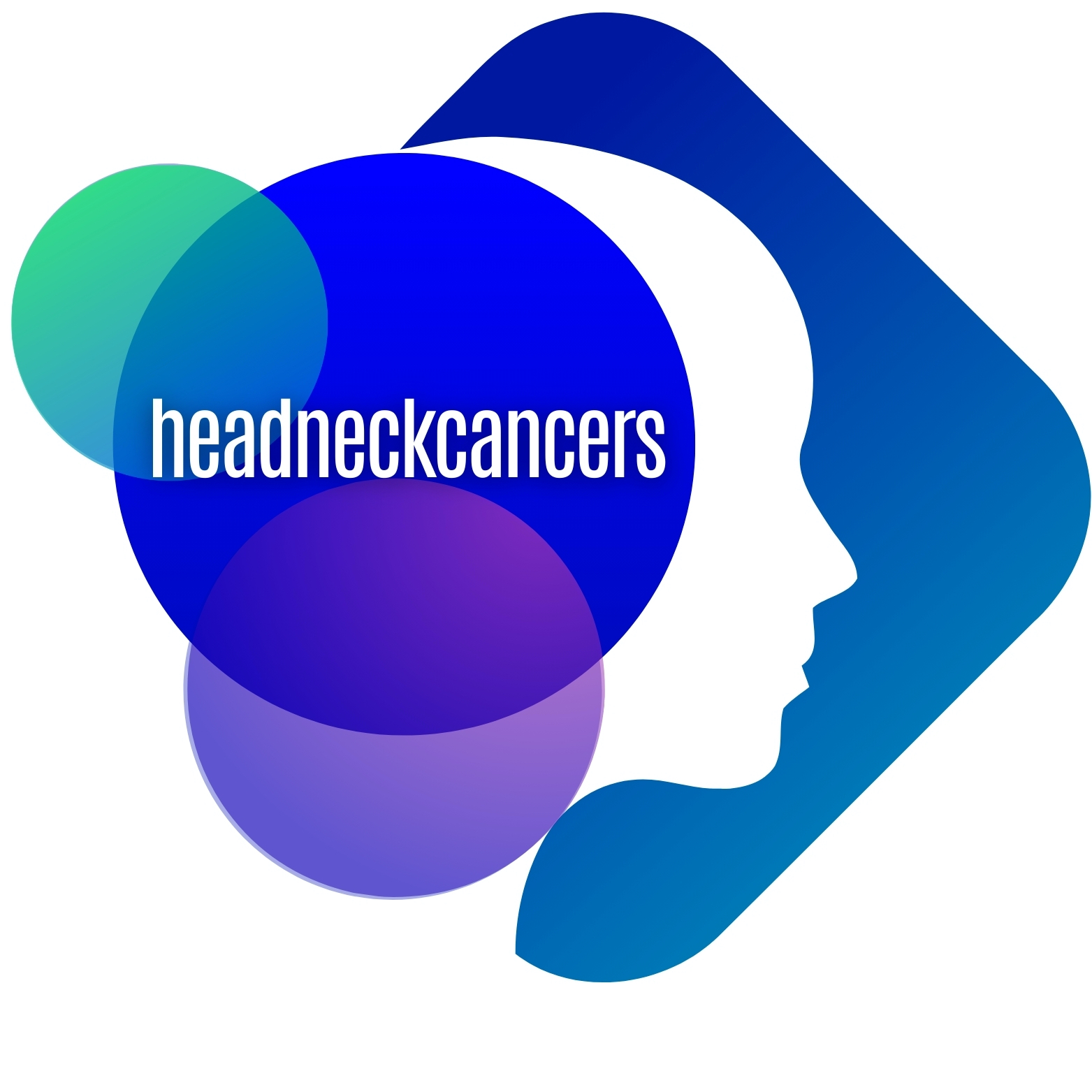Oral cancer (mouth cancer) is the most common form of head and neck cancer. It typically affects people age 60 and older. Oral cancer affects your lips and the first parts of your tongue, mouth roof and floor. It also affects your oropharynx — the last part of your tongue and roof of your mouth, your tonsils and the sides and back of your throat.
Your oral cavity includes:
- Your lips.
- Your gums.
- The lining of the inside of your cheeks.
- The first two-thirds of your tongue.
- The floor of your mouth (the part under your tongue).
- The first part of the roof of your mouth.
- The area right behind your wisdom teeth.
Around new 7,000 cases of mouth (oral) cancer are diagnosed in the UK each year.
What causes oral (mouth) cancer?
About 75% of people who develop oral cancer have the following habits:
- Smoke cigarettes, cigars or pipes.
- Use smokeless tobacco products such as chewing tobacco, dip, snuff or water pipes (hookah or shush).
- Regularly drink excessive amounts of alcohol.
- Spend a lot of time in the sun without protecting their lips with sunblock.
- Have human papillomavirus (HPV).
- Have a family history of oral cancer.
It’s important to note that 25% of people who develop oral cancer don’t smoke or have other known risk factors.
What are the symptoms of oral (mouth) cancer?
Oral cancer has several signs and symptoms that may be mistaken for common problems or changes in your mouth. For example, you may notice patches inside of your mouth that you can’t scrape away. These patches may be pre-cancerous conditions.
The following conditions all appear as patches in your mouth and throat, but they’re different colors:
- Leukoplakia: These are flat white or gray patches in your mouth or throat.
- Erythroplakia: These are slightly raised or flat red patches. These patches might bleed when scraped.
- Erythroleukoplakia: These patches are red and white.
Common signs and symptoms of oral cancer include:
- Sores on your lip or inside your mouth that bleed easily and don’t heal within two weeks.
- Rough spots or crusty areas on your lips, gums or inside of your mouth.
- Areas in your mouth that bleed for no obvious reason.
- Numbness, pain or tenderness on your face and neck or in your mouth that occur without apparent cause.
- Difficulty chewing or swallowing, speaking or moving your jaw or tongue.
- Unintentional weight loss.
- Earache.
- Chronic bad breath.
What is the treatment for oral (mouth) cancer?
The three main treatment options for oral (mouth) are surgery, radiation therapy and chemotherapy. Talk to your doctor about the purpose, side effects and ways to manage side effects for all of your options.
Your healthcare provider considers several factors before recommending treatment. Those factors include:
- The kind of oral cancer that you have.
- If the oral cancer you have has spread from the original site to other parts of your mouth and throat or other parts of your body.
- Your general health.
- Your age.
The most common surgeries for oral cancer are:
- Primary tumor surgery: Healthcare providers remove tumors through your mouth or an incision in your neck.
- Glossectomy: This is the partial or total removal of your tongue.
- Mandibulectomy: This is surgery for oral cancer in your jawbone.
- Maxillectomy: This surgery removes part or all of the hard palate, which is the bony roof of your mouth.
- Sentinel lymph node biopsy: This test helps healthcare providers know if cancer has spread beyond the original oral cancer.
- Neck dissection: This surgery is done to remove lymph nodes from your neck.
- Reconstruction: Surgery that removes large areas of tissue might be followed by reconstructive surgery to fill gaps left by the tumor or replace part of your lips, tongue, palate or jaw. In some cases, reconstructive surgery is done by taking healthy bone and tissue from other areas of your body.

